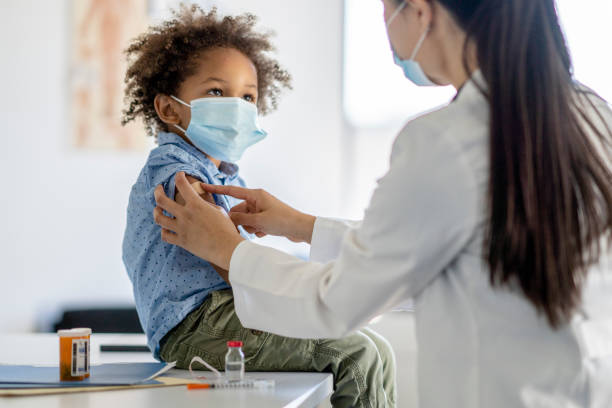Important tips for brushing milk teeth for babies after their first tooth and for small children. This is how you protect the baby teeth properly and get your child used to the daily task. Consequently, regular and proper dental care is important to prevent tooth decay.
At what age do the milk teeth appear?
Usually, the baby’s first teeth appear around the fifth or sixth month. But every rule has its exceptions: some of the babies are already teething at 3 months, others as late as 9 months. It can even happen that a baby is born with a small tooth. But then it sits loosely and quickly falls out again. So that the little biters are not attacked by caries, brushing milk teeth should also be taken seriously.
Typical symptoms of teething in babies

Growing milk teeth are announced when the baby begins to put toys and fingers in the mouth and suck on them or “nibble” with the jaw. At the same time, there is increased salivation. This can easily cause skin irritation between the baby’s lips and chin. Then you can regularly apply a thin layer of skin protection ointment to this area as a preventive measure. Also, dry your baby’s chin frequently with a soft cloth. In addition, your baby may have less of an appetite than usual and be increasingly restless.
Relieve baby’s pain
Teething is sometimes painful, which can lead to babies sleeping poorly and crying more often. The immune system is somewhat weakened during this time and you should make sure that you don’t get an infection. Likewise, pay attention to symptoms of illness such as fever or rash and do not simply dismiss these as symptoms of “teething”. In such cases, you should always have the baby examined by a doctor. The following tricks help to relieve pain when teething:
- Biting on objects specially designed for this purpose, e.g. B. a rubber teether or a gel-filled cool teether.
- Gentle massage of baby’s gums. Use your fingers for this. In addition, there are special creams in pharmacies that relieve the discomfort of teething.
- A wet washcloth to chew also helps against teething pain.
- Let your baby drink lots of water. That too can bring relief.
Properly brush your baby’s milk teeth
As soon as the first teeth have grown out several millimeters, you should start taking care of your baby’s teeth to avoid tooth decay. There are special thimble toothbrushes for caring for the first teeth, which you can use to massage the gums at the same time. But for the first tooth or two, gently stroking the enamel with a cotton swab or soft cloth is enough to clean the tooth. Also, note home remedies for removing plaque.
As soon as several teeth appear, you should switch to using a baby toothbrush. To do this, show your young child how to brush your own teeth. Then approach brushing your toddler’s milk teeth in a playful way. Then take it on your lap and gently brush your teeth up and down. If your child is a bit older, let them try to brush their milk teeth themselves as often as possible. So it quickly gets used to the routine. The KAI method for brushing teeth is recommended.
Replace baby toothbrush every 4 weeks
Once you use a baby toothbrush to brush your baby’s teeth, you should change it every four to five weeks, even if it’s still looking good. Since babies like to put everything they can get their hands on in their mouths and suck on them during the day, there are a lot of bacteria in the bristles of the toothbrush. And you cannot get rid of these with a normal cleaning by rinsing under running water. Changing your toothbrush regularly is therefore important to ensure adequate oral hygiene and clean teeth.
Provide baby teeth with fluoride

In the first year of your child’s life, it is important to provide the child’s teeth with sufficient fluoride. Fluorine strengthens the enamel and thus prevents tooth decay. Signs of caries would be small yellowish-brownish spots on the teeth. For prevention, many pediatricians prescribe fluoride tablets. To that end, it also makes sense not to let as much sugar get to the baby’s teeth. So also avoid constantly sucking on bottles with sweetened tea or milk. This is how you protect your child’s teeth and do the best for white teeth in the future.
Avoid tooth decay with the right baby bottles and contents
The bottle should not be used as a substitute for a pacifier. Instead, only tell your child if they are really hungry or thirsty. In addition, you should only fill the drinking bottle with tooth-friendly drinks, such as water or unsweetened tea. In contrast, juice spritzers are not recommended as long-term drinks because of their sugar content and fruit acids. Likewise, fruit juice nectar, lemonades, or iced tea are poorly suited as drinks for small children because they contain a lot of sugar. Once toddlers are able to do this, they should only drink from a learner cup. If the child also starts to suckle from the drinking cup, they should learn to drink from a real cup (made of plastic or unbreakable glass) as soon as possible.






